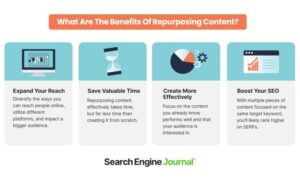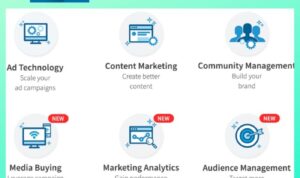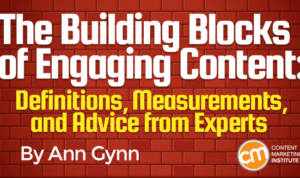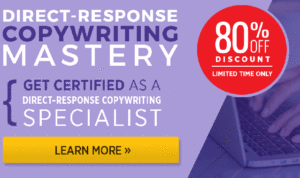Effective Landing Pages takes center stage in the digital realm, where captivating design and strategic call-to-action buttons converge to drive user engagement and conversions. Get ready to explore the essential elements that make landing pages a powerhouse in online marketing campaigns.
From the impact of well-designed pages to mobile optimization strategies, this guide will equip you with the tools needed to create landing pages that truly stand out in the crowded digital landscape.
Importance of Effective Landing Pages
Landing pages are like the VIP section of a party for your online marketing campaigns. They are crucial because they are the first thing your potential customers see when they click on your ad or link. It’s like making a first impression – you gotta make it count!
A well-designed landing page can work wonders for your conversion rates. It’s like having a smooth talker at the door of the party, getting people excited to come in and join the fun. When your landing page is on point, visitors are more likely to take action, whether it’s signing up for a newsletter, making a purchase, or requesting more information.
Examples of Successful Landing Pages and Key Features
When it comes to successful landing pages, companies like Airbnb, Slack, and Spotify are killing the game. These landing pages have some key features in common:
- Clear and compelling headline that grabs attention
- Eye-catching visuals that support the message
- Strong call-to-action buttons that stand out
- Minimal distractions and a focused message
- Social proof like testimonials or user reviews
These features work together to create a seamless experience for visitors, guiding them towards taking the desired action. It’s like having a killer playlist at the party – everyone’s having a good time and ready to join in on the fun!
Design Elements for Effective Landing Pages
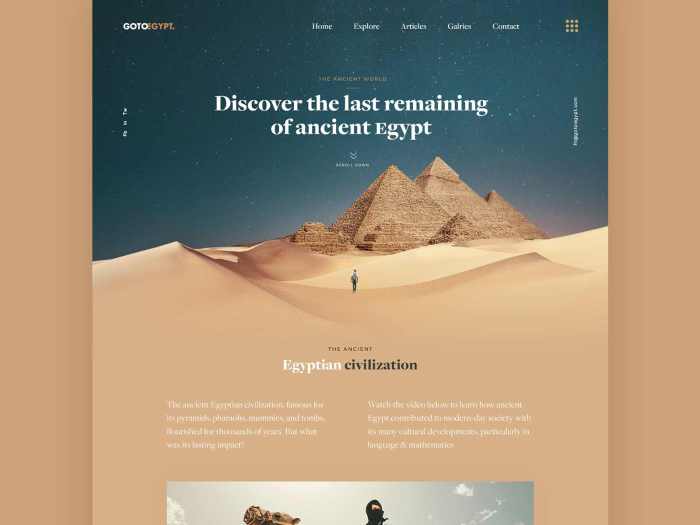
When it comes to creating effective landing pages, the design elements play a crucial role in capturing the attention of visitors and driving conversions. A well-designed landing page should be visually appealing, easy to navigate, and optimized for user engagement. Let’s dive into the essential design elements that make a landing page effective.
Clear and Concise Headline
A catchy headline is the first thing visitors see when they land on your page. It should clearly convey the purpose of the page and entice users to explore further. Keep it concise, compelling, and relevant to the offer or product you are promoting.
Compelling Call-to-Action
The call-to-action (CTA) button is the gateway to conversion on a landing page. Make sure it stands out prominently on the page, using contrasting colors and clear wording. The CTA should be compelling and action-oriented, prompting visitors to take the desired action, whether it’s signing up, making a purchase, or downloading a resource.
Engaging Visuals
Visual elements such as images, videos, and infographics can enhance the overall appeal of a landing page. Use high-quality visuals that are relevant to the content and help convey your message effectively. Visuals can capture attention, evoke emotions, and make the page more engaging for visitors.
Mobile Responsiveness
With the increasing use of mobile devices, it’s essential to ensure that your landing page is optimized for mobile responsiveness. A mobile-friendly design ensures that users have a seamless experience across different devices and screen sizes, improving usability and engagement.
Minimalist Layout
A clean and minimalist layout helps reduce distractions and focus the visitor’s attention on the key message and call-to-action. Avoid cluttered designs and excessive text, and maintain a good balance of whitespace to create a visually appealing and easy-to-read landing page.
Social Proof and Trust Signals
Including social proof elements such as customer testimonials, reviews, trust badges, and case studies can help build credibility and trust with visitors. Trust signals reassure users that they are making a safe and informed decision, increasing the likelihood of conversions.
Optimized Loading Speed, Effective Landing Pages
Fast-loading landing pages are essential for a positive user experience. Optimize images and videos, minimize unnecessary scripts, and use a reliable hosting provider to ensure that your page loads quickly on all devices. A slow-loading page can lead to high bounce rates and lower conversions.
Incorporating these design elements into your landing page can help create a visually appealing and engaging experience for visitors, ultimately leading to higher conversion rates and better results for your marketing campaigns.
Call-to-Action Strategies
When it comes to effective landing pages, call-to-action buttons play a crucial role in driving user engagement and conversion. These buttons serve as the gateway for users to take the next step, whether it’s making a purchase, signing up for a newsletter, or requesting more information.
Significance of Compelling Call-to-Action Buttons
Compelling call-to-action buttons are essential for guiding users towards the desired action. By using persuasive and action-oriented language, these buttons can create a sense of urgency and encourage users to take immediate action. For example, phrases like “Shop Now,” “Get Started,” or “Learn More” can prompt users to click and explore further.
- “Shop Now”: This call-to-action phrase can lead users directly to the shopping cart, increasing the chances of a purchase.
- “Get Started”: By using this phrase, users are motivated to begin a process or sign up for a service, driving conversions.
- “Learn More”: This phrase entices users to seek additional information, nurturing their interest and engagement with the brand.
Best Practices for Call-to-Action Placement
Optimizing the placement of call-to-action buttons is crucial for enhancing user experience and maximizing conversions. Here are some best practices to consider:
- Ensure visibility: Place the call-to-action button in a prominent position on the landing page where it is easily accessible to users.
- Use contrasting colors: Make the button stand out by using colors that contrast with the background, drawing attention to it.
- Keep it concise: Use clear and concise language on the button to convey the desired action without ambiguity.
- Create a sense of urgency: Incorporate words like “Limited Time Offer” or “Act Now” to urge users to take immediate action.
Mobile Optimization for Landing Pages
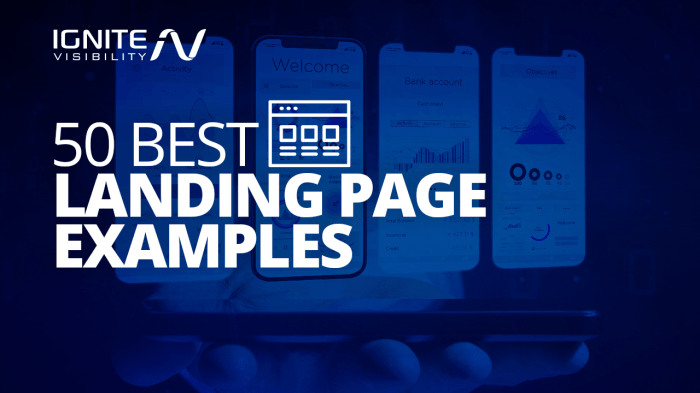
In today’s digital landscape, mobile optimization for landing pages is crucial. With the increasing number of users accessing websites on mobile devices, having a mobile-responsive landing page ensures a seamless user experience and increases the chances of conversion.
Techniques for Creating Mobile-Responsive Landing Pages
To create a mobile-responsive landing page, consider the following techniques:
- Use a responsive design that adapts to different screen sizes and orientations.
- Optimize images and videos for quick loading on mobile devices.
- Keep forms and CTAs easily accessible and clickable on small screens.
- Prioritize content hierarchy for mobile users, focusing on key information first.
Examples of Mobile-Optimized Landing Pages
One successful example of a mobile-optimized landing page is Airbnb. Their mobile site offers a simplified version of the desktop experience, making it easy for users to search for accommodations and book their stay. This optimization has led to increased conversions and improved user satisfaction.

